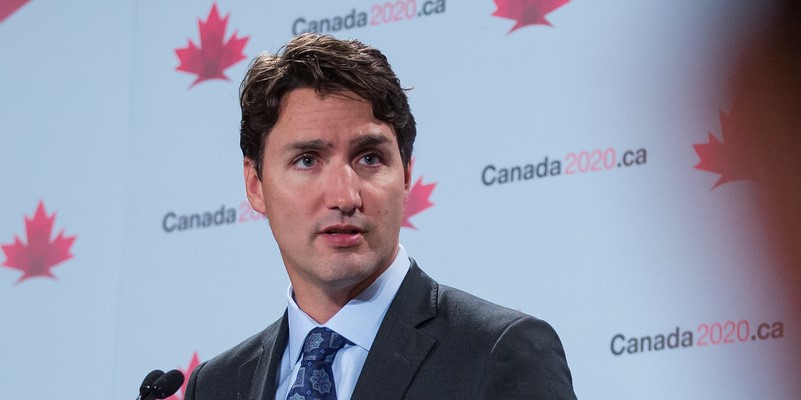You’re not being told the truth about Canada’s ‘green transformation’

Among federal government policymakers and much of the environmental advocacy community, there’s a common belief that the Canadian economy is undergoing a fundamental and rapid transition, driven by efforts to tackle climate change and lessen the environmental impact of human activity more broadly. According to this view, Canada’s almost $3 trillion economy is being refashioned by the dramatic growth of “clean/green” industries and an accompanying forced march away from fossil fuels.
To support this politically-inspired transition, the Trudeau government has legislated an escalating national backstop carbon tax and introduced a host of regulatory measures for electricity generation, vehicle efficiency, fuel standards, energy use in buildings, agriculture and much more. Together with the Ontario and Quebec governments, Ottawa is also earmarking unimaginable sums of money for a handful of industries that produce carbon-free energy and low-emissions products and technologies. These vast subsidies and incentives will likely spur the growth of the favoured industries, while adding to Canada’s mounting government debt and creating more distortions in an already mind-numbingly complex tax system.
All of this invites us to think further about the emerging “clean/green” economy championed by many politicians and civil society activists. Can this sector grow at a pace that revives Canada’s increasingly moribund economy and fosters a much-needed surge in flagging business investment?
A look at Statistics Canada’s Environmental and Clean Technology Products Economic Account sheds some light on the issue. The account charts the size, growth and composition of the nascent clean/green economy by quantifying the economic contributions of industries that fall under the clean/green label. According to Statistics Canada’s framework, these industries include renewable and other carbon-free sources of electricity (hydro, wind, solar, nuclear), bio-fuels production, energy storage, sewage and wastewater treatment, carbon capture and storage, waste management services, the development and manufacturing of clean technology products (such as batteries for electric vehicles, pollution control equipment, water purifying systems and fuel cells) and an array of scientific, technical and professional services that help protect the environment and improve energy efficiency.
Using this definition, how big is Canada’s clean economy? Today, it amounts to about 3 per cent of gross domestic product (GDP) and directly employs 314,000 Canadians—roughly 1.6 per cent of all jobs. Those numbers aren’t chump change, but they cast doubt on the notion that the economy is being quickly restructured owing to the ascension of clean technologies, renewable electricity and other green industries—driven in part by mandates and subsidies adopted by governments.
A deeper dive into the data indicates that electricity generated from carbon-free sources (mainly hydro and nuclear) represents the largest slice of Canada’s clean/green sector in economic terms. Waste management also accounts for a sizable portion. In fact, carbon-free electricity and waste management services together comprise more than 40 per cent of the economic activity attributable to the clean economy. “Green” construction makes up another one-fifth of the sector’s output. The other industries in the clean economy collectively produce a little over 1 per cent of GDP.
What about exports? Canada’s annual exports of “clean” products and carbon-free energy total some $18 billion, out of total goods exports that exceeded $750 billion in 2021. By comparison, exports of crude oil, oil products and natural gas—by far Canada’s biggest export category—are on course to reach $200 billion by mid-decade.
Apart from its fairly small size, the clean/green economy isn’t expanding nearly as fast as some politicians and environmentalists appear to believe. Statistics Canada dryly reports that the “sector’s share of national GDP has remained relatively stable since the beginning of the time series in 2007.” To say the least, this finding doesn’t square with feverish claims of a “green transformation” advanced by some politicians and media members.
The world is on a long journey to a lower-carbon future. The current energy transition, like those that have occurred before, will likely be slow-moving and probably won’t bring about a sudden break with the established industrial structure, even with epic government intervention. Green industries will certainly grow and play a role in helping mitigate climate change. However, there’s no reason to expect the clean/green sector to soon replace the traditional energy, natural resource and manufacturing industries that continue to dominate Canada’s export mix.
In setting climate and energy policy, the officials inhabiting Prime Minister Trudeau’s Ottawa dream palace would be wise not to overlook the other 97 per cent of our economy.
Author:
Subscribe to the Fraser Institute
Get the latest news from the Fraser Institute on the latest research studies, news and events.

